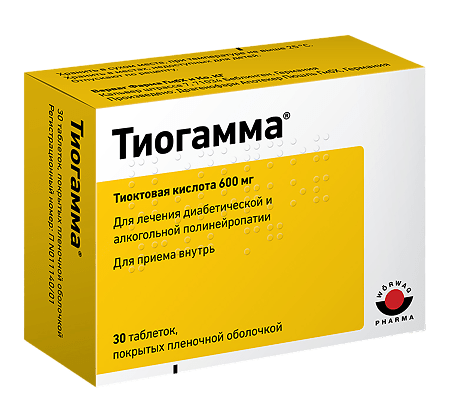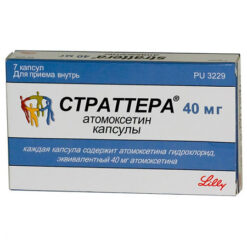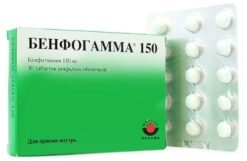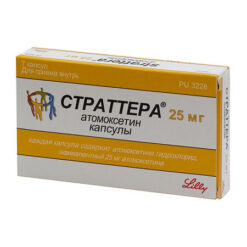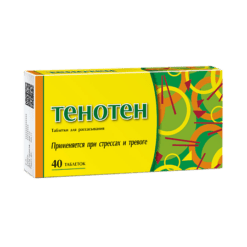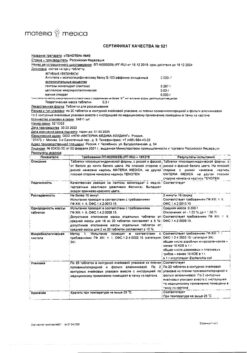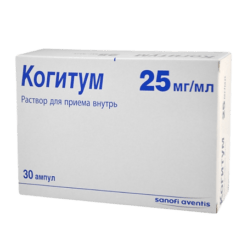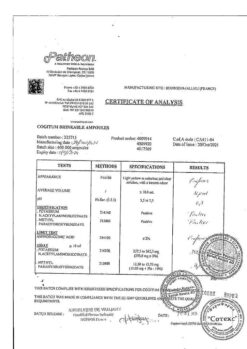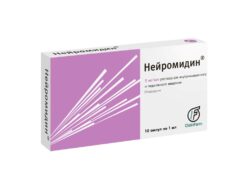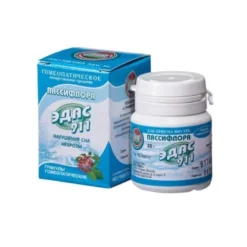No products in the cart.
Thiogamma, 600 mg 30 pcs
€26.58 €22.15
Description
Tyogamma has hepatoprotective, hypoglycemic, detoxifying, hypolipidemic, hypocholesterolemic effect.
Thioctic acid (alpha-lipoic acid) is an endogenous antioxidant (binds free radicals) in the body is formed during the oxidative decarboxylation of alpha-ketoxylate.
As a coenzyme of mitochondrial multienzyme complexes is involved in oxidative decarboxylation of pyruvic acid and alpha-keto acids.
It helps to decrease the concentration of glucose in the blood and increase glycogen in the liver, as well as overcoming insulin resistance. By the nature of its biochemical action it is close to the B vitamins. Participates in the regulation of lipid and carbohydrate metabolism, stimulates cholesterol metabolism, and improves liver function. It has hepatoprotective, hypolipidemic, hypocholesterolemic, hypoglycemic effect. It improves the trophism of neurons. The use of meglumine salt of thioctic acid in solutions for intravenous administration (which have neutral reaction) allows to decrease the side reactions.
Pharmacokinetics
In oral administration, it is quickly and completely absorbed from the gastrointestinal tract (ingestion with food reduces absorption). Time to reach maximum concentration – 40-60 minutes. Bioavailability is 30%.
It has the effect of “first passage” through the liver. The formation of metabolites occurs as a result of oxidation of the side chain and conjugation.
The volume of distribution is about 450 ml/kg. Thioctic acid and its metabolites are excreted by the kidneys (80-90%). The elimination half-life is 20-50 min. Total plasma clearance is 10-15 ml/min.
Indications
Indications
Diabetic polyneuropathy, alcoholic polyneuropathy.
Pharmacological effect
Pharmacological effect
Thiogamma has hepatoprotective, hypoglycemic, detoxification, hypolipidemic, hypocholesterolemic effects.
Thioctic acid (alpha-lipoic acid) is an endogenous antioxidant (binds free radicals), formed in the body during the oxidative decarboxylation of alpha-ketoxylots.
As a coenzyme of mitochondrial multienzyme complexes, it participates in the oxidative decarboxylation of pyruvic acid and alpha-keto acids.
Helps reduce blood glucose concentrations and increase glycogen in the liver, as well as overcome insulin resistance. By the nature of its biochemical action it is close to B vitamins. Participates in the regulation of lipid and carbohydrate metabolism, stimulates cholesterol metabolism, and improves liver function. It has hepatoprotective, hypolipidemic, hypocholesterolemic, hypoglycemic effects. Improves trophism of neurons. The use of megluminic salt of thioctic acid in solutions for intravenous administration (which has a neutral reaction) can reduce the severity of adverse reactions.
Pharmacokinetics
When taken orally, it is quickly and completely absorbed from the gastrointestinal tract (taken with food reduces absorption). The time to reach maximum concentration is 40-60 minutes. Bioavailability – 30%.
Has a “first pass” effect through the liver. The formation of metabolites occurs as a result of side chain oxidation and conjugation.
Volume of distribution is about 450 ml/kg. Thioctic acid and its metabolites are excreted by the kidneys (80-90%). The half-life is 20-50 minutes. Total plasma clearance is 10-15 ml/min.
Special instructions
Special instructions
Patients taking Thiogamma should avoid drinking alcohol.
In patients with diabetes mellitus, constant monitoring of blood glucose concentration is necessary, especially at the initial stage of therapy.
In some cases, it is necessary to reduce the dose of insulin or oral hypoglycemic drug to avoid the development of hypoglycemia.
Active ingredient
Active ingredient
Thioctic acid
Composition
Composition
1 film-coated tablet contains:
active ingredient:
thioctic acid – 600 mg;
excipients:
microcrystalline cellulose,
lactose,
talc,
colloidal silicon dioxide,
hypromellose,
lactose monohydrate,
sodium carboxylmethylcellulose,
talc,
simethicone,
magnesium stearate,
macrogol 600,
sodium lauryl sulfate.
Pregnancy
Pregnancy
Thiogamma is contraindicated for use during pregnancy. If it is necessary to use the drug during lactation, breastfeeding should be stopped.
Experimental studies on animals did not reveal the teratogenic effect of thioctic acid. No similar studies have been conducted in humans.
There is no data on the excretion of thioctic acid in breast milk.
Contraindications
Contraindications
Hypersensitivity to the components of the drug Tiogamma.
Pregnancy period of breastfeeding.
Children’s age (efficacy and safety of use have not been established).
Side Effects
Side Effects
When taken orally, dyspepsia, including nausea and vomiting, is possible.
Interaction
Interaction
When used simultaneously, Thiogamma enhances the effect of insulin and oral hypoglycemic agents.
When taken simultaneously with ethanol, the therapeutic effectiveness of thioctic acid may decrease.
Overdose
Overdose
Symptoms: nausea, vomiting, headache.
Treatment is symptomatic. There is no specific antidote.
Storage conditions
Storage conditions
In a dry place, at a temperature not exceeding 25 °C
Shelf life
Shelf life
3 years
Manufacturer
Manufacturer
Dragenopharm Apotheker Püschl GmbH, Germany
Additional information
| Shelf life | 3 years |
|---|---|
| Conditions of storage | In a dry place, at a temperature not exceeding 25 °C |
| Manufacturer | Dragenopharm Apotheker Püschl GmbH, Germany |
| Medication form | pills |
| Brand | Dragenopharm Apotheker Püschl GmbH |
Related products
Buy Thiogamma, 600 mg 30 pcs with delivery to USA, UK, Europe and over 120 other countries.

